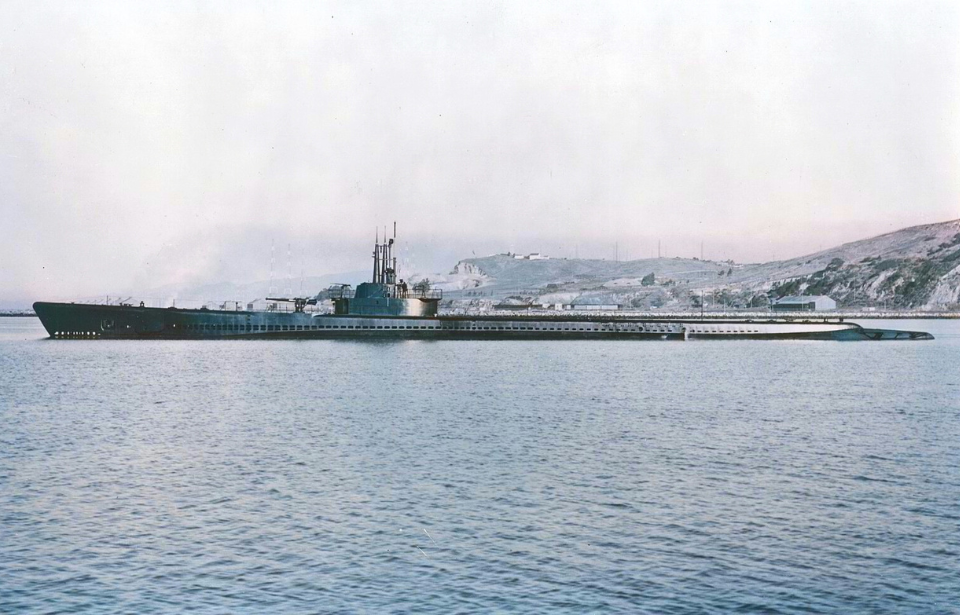The USS Tang (SS-306) was one of the most effective submarines to serve in the Pacific Theater during the Second World War. Over the course of five patrols, she took out numerous enemy vessels, totaling hundreds of thousands of pounds. Tragically, an unexpected torpedo malfunction resulted in her loss at sea, with the majority of her crew perishing.
Construction of the USS Tang (SS-306)
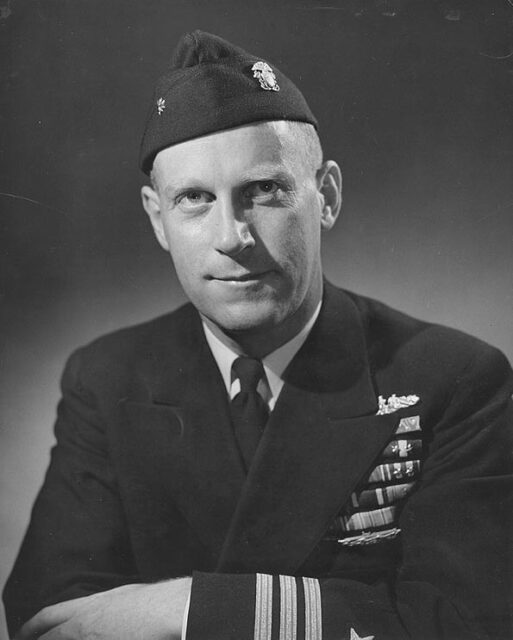
The USS Tang was a Balao-class submarine constructed during the Second World War. The building contract was awarded to Mare Island Naval Shipyard on December 15, 1941, and her keel was commissioned nearly two years later, on October 15, 1943, with Lt. Cmdr. Richard H. O’Kane at the helm.
Construction of Tang was completed quickly to meet the pressing demands of the conflict. Following her commissioning, she underwent a series of training exercises and fitting-out processes, before she was declared combat-ready. By January 8, 1944, Tang had arrived at Pearl Harbor, ready to begin her wartime service.
USS Tang (SS-306) Specs.
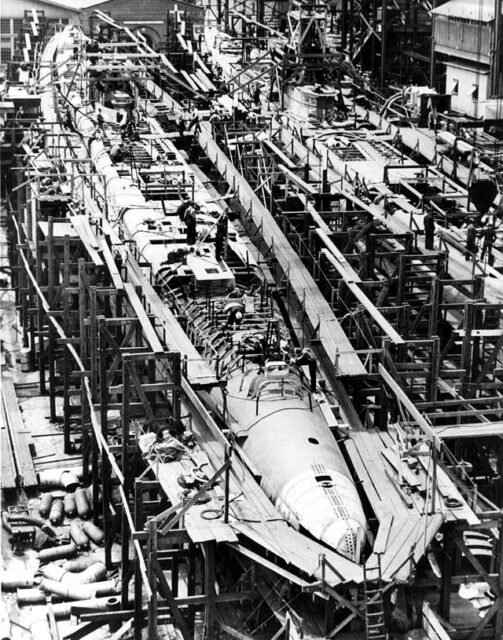
The USS Tang measured 311 feet, 10 inches in length, with a beam of 27 feet, four inches. Her displacement was 1,470 long tons when surfaced and 2,040 long tons while submerged, making her a formidable underwater vessel. The submarine was powered by four Fairbanks-Morse Model 38D8-1/8 9-cylinder opposed-piston diesel engines, which enabled her to reach speeds of 23.30 MPH on the surface and 10.07 MPH when beneath the ocean’s surface.
Tang‘s armament included ten 21-inch torpedo tubes (four aft and six forward), a five-inch/25 caliber deck gun, and Bofors 40 mm and Oerlikon 20 mm cannons.
First and second war patrols
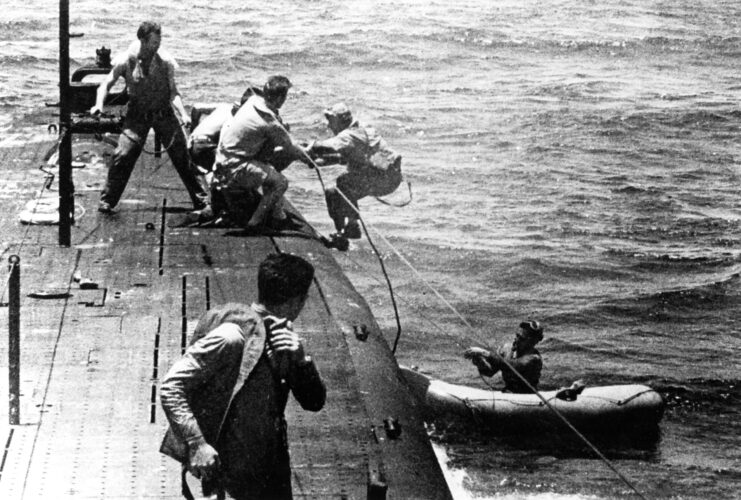
The USS Tang set off on her first war patrol on January 22, 1944, transiting to the Caroline and Mariana Islands. On February 17, she engaged a convoy, sinking the 6,800-ton Gyoten Maru, and she took out the Fukuyama Maru and Yamashimo Maru within days. By the end of her first patrol, the submarine had expended all her torpedoes, sinking several enemy ships.
Tang‘s second patrol began on March 16, 1944, around Palau and Truk. While she didn’t engage enemy vessels this time around, she played a role in rescuing 22 downed airmen and returning them to Hawaii.
Third and fourth war patrols
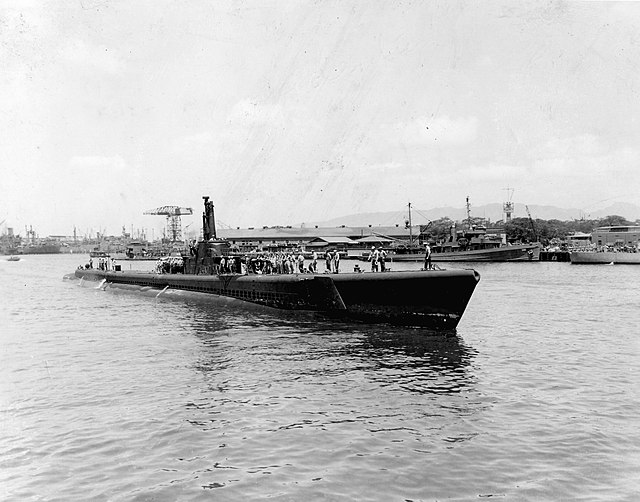
The USS Tang‘s third war patrol was one of her most successful. Operating in the East China and Yellow Seas, she sank four ships on June 24, including the Tamahoko Maru and Kennichi Maru. By the end of this patrol, she’d increased that total to 10 vessels. Her aggressive tactics and precise torpedo strikes devastated the Japanese, earning her a reputation among merchant vessels as a deadly adversary.
The fourth patrol, from July 31 to September 3, 1944, took Tang to Japan’s home waters. On August 10, she fired her torpedoes at a tanker near Omaezaki, but missed. However, she soon redeemed herself by sinking the Roko Maru, No. 2 Nansatu Maru, No. 8 Nanko Maru and Tsukushi Maru.
Tang‘s relentless pursuit and effective attacks during these patrols significantly disrupted Japanese supply lines.
USS Tang (SS-306) was taken out by her own torpedo
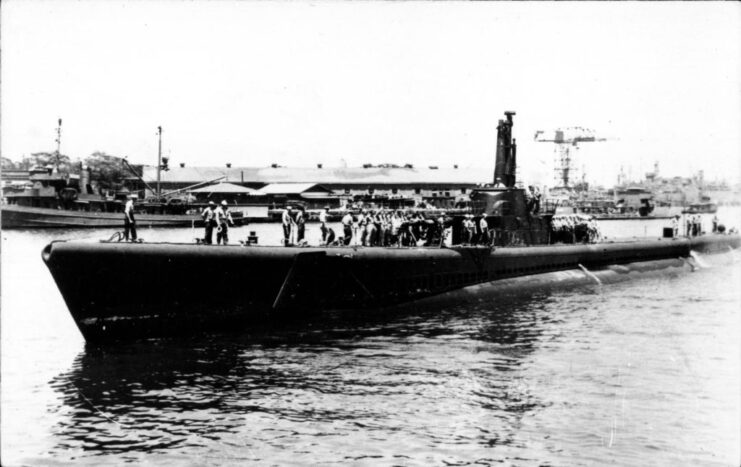
The USS Tang‘s fifth patrol began on September 24, 1944. After refueling at Midway Island, she headed for the Formosa Strait. At the time, this was known for being a particularly hazardous journey, given how heavily the Japanese patroled the route.
On October 24, Tang engaged a large convoy, sinking several ships in a daring night surface attack.
Disaster struck early on the morning of October 25, when Tang‘s final projectile, a Mark 18 electric torpedo, malfunctioned and circled back, hitting the submarine near the torpedo room. The explosion was catastrophic, causing her to rapidly sink. Richard O’Kane and several crew members were thrown into the water, while others were trapped inside.
Despite the chaos, some of the crew managed to escape using Momsen lungs, a device designed for emergency submarine escapes. However, only nine of the 87 survived.
What happened after the USS Tang (SS-306) sank?
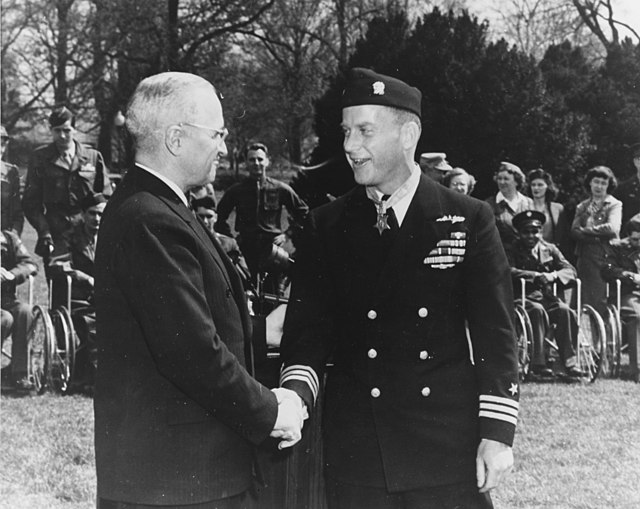
The survivors, including Richard O’Kane, were picked by a Japanese frigate and spent the remainder of the Second World War at Ōfuna, a prisoner of war (POW) camp.
More from us: China Secretly Salvaged a British Submarine From the Ocean Floor and No One Found Out Until Decades Later
Are you a fan of all things ships and submarines? If so, subscribe to our Daily Warships newsletter!
Despite their ordeal, the survivors’ accounts provided invaluable insights into the final moments of the USS Tang. The submarine received four battle stars and two Presidential Unit Citations for her service, having sunk between 31 and 33 enemy ships overall. O’Kane was also awarded for his bravery aboard Tang, receiving the Medal of Honor.
